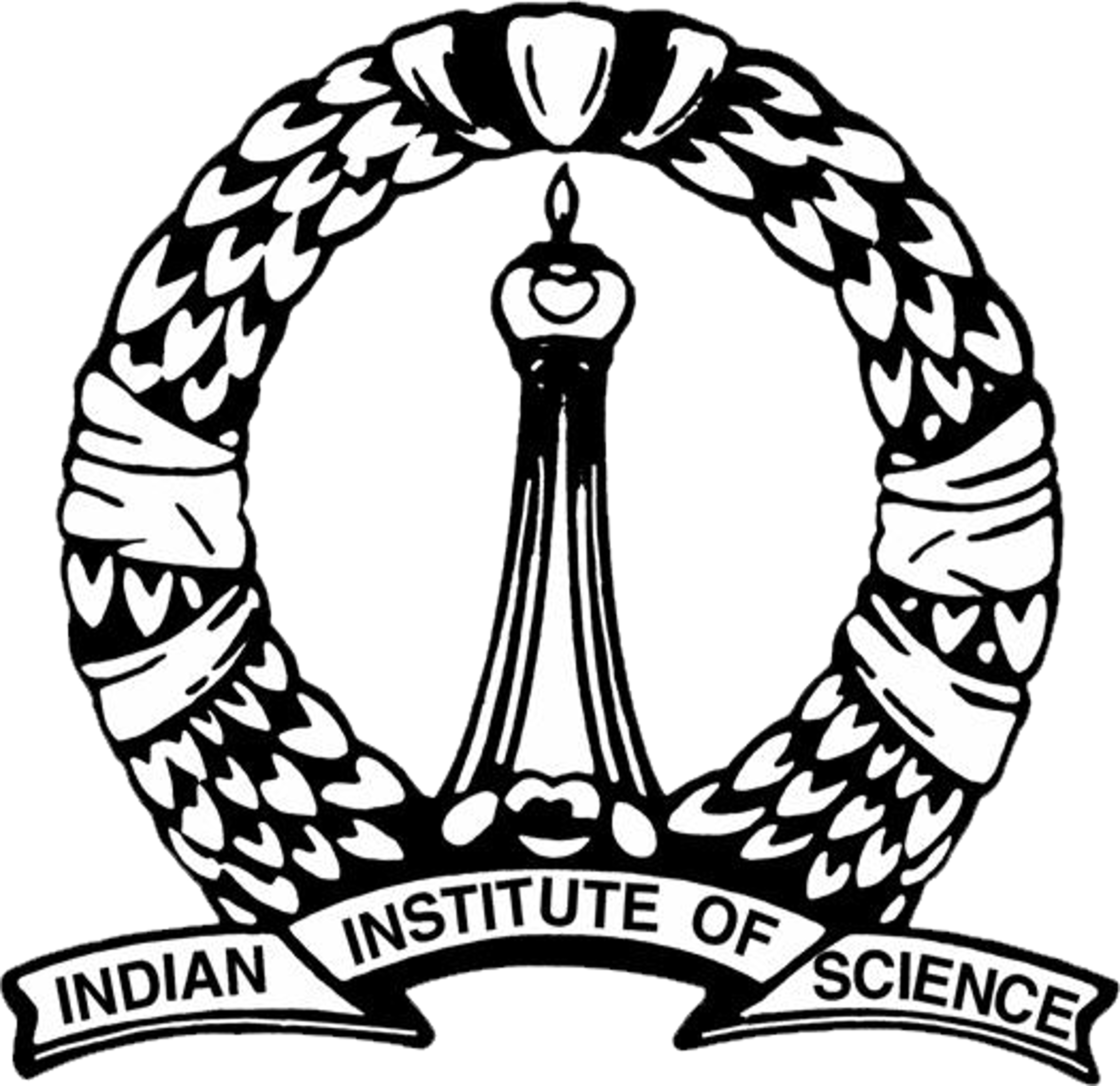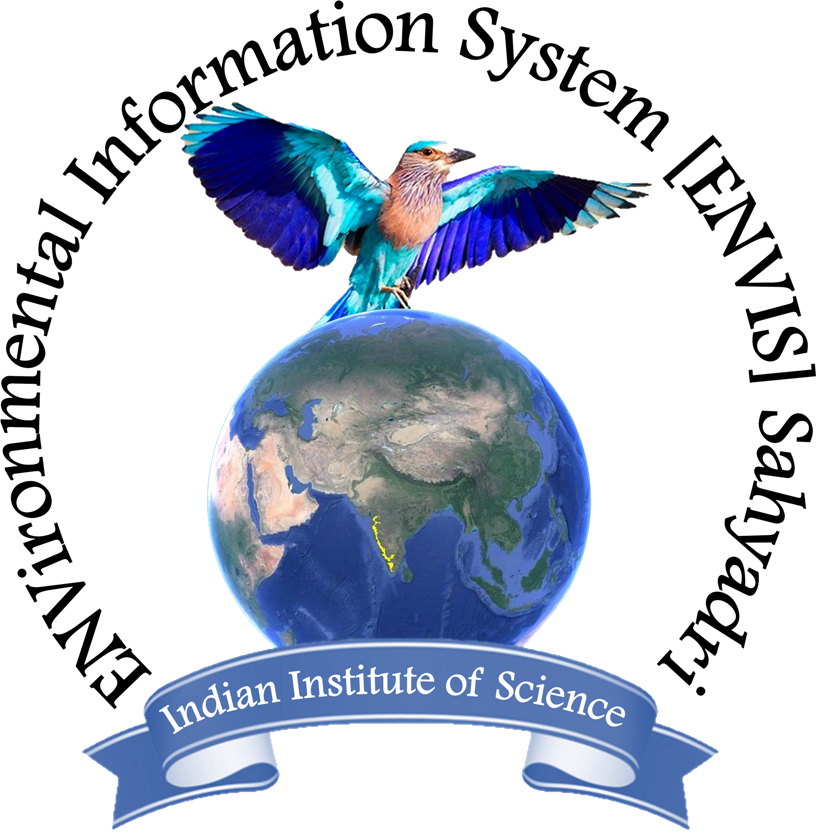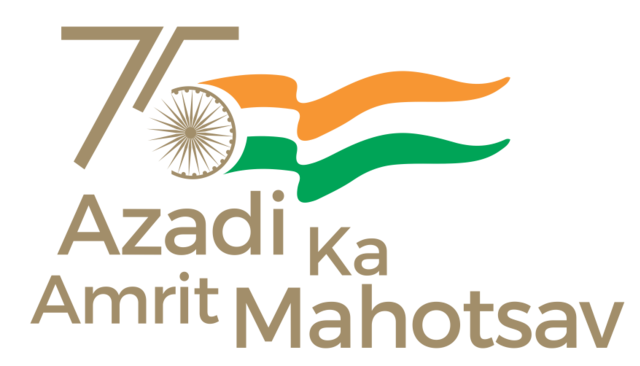Highlights
-
The Bangalore Lake Information System (BLIS) provides
comprehensive information about the lakes in and around
Bangalore city.
-
Documents lake biodiversity, which includes microalgae,
zooplankton, ichthyofauna, macrophytes, and birds.
-
Provides information on the physicochemical properties
of lake water in and around Bangalore city.
-
Provides spatial distribution of ecosystem services,
habitat quality and biodiversity of lakes.
-
BLIS will back sensible choices for protecting and
managing urban waterbodies.
Lakes offer various societal services, such as provisioning,
regulating, and cultural services. Numerous species,
including fish, amphibians, birds, reptiles, insects,
phytoplankton, and zooplankton, find home in lakes. Lakes
have a critical role in controlling soil erosion, floods,
microclimate variations, and biogeochemical
cycles. Carbon storage in aquatic plants, microalgae,
and lake soil prevents it from escaping into the atmosphere
as carbon dioxide, thereby reducing global climate
change. Lakes offer various recreational activities
like walking, jogging, and exercise, as well as children's
parks, and serve as a hub for sightseeing, fishing, hunting,
boating, bird viewing, and photography. Lakes provide a
platform for environmental research, education, and public
awareness initiatives.
Greater Bangalore, spanning 741 square km and at an altitude
of 920 meters, is divided into three watersheds: Hebbal,
Koramangala-Challaghatta, and Vrishabhavathi. The region's
undulating terrain has led to the construction of numerous
tanks for traditional purposes like irrigation, drinking,
fishing, and washing, largely due to Kempe Gowda's and
Wodeyar dynasty visions. Para-state agencies such as
BBMP, BDA, BWSSB, and PCB are custodians of Bangalore lakes,
in collaboration with other departments such as Revenue,
Fisheries, Minor Irrigation, Forest, Ecology and Environment
Department, Citizens, and NGOs.
A survey of lakes in Bangalore reveals a decline in
ecosystems, with 98% being encroached and 90% being fed by
untreated sewage or industrial effluents, highlighting the
need for urgent action. Untreated domestic sewage
discharge into lakes leads to water quality degradation,
nutrient accumulation, oxygen depletion, algae growth, silt
accumulation, lake depth reduction, groundwater
contamination, odour problems, and loss of aesthetic value
due to overgrowth of algae and aquatic
macrophytes. Lakes across the world confront severe
concerns such as pollution and mismanagement. Water
pollution is mostly caused by urbanization, population
growth, industry, and the discharge of household,
industrial, and agricultural waste. Bangalore's lakes
face threats from unfair macrophyte and microalgae growth,
excessive plastic and solid waste, illegal building, damaged
fencing, untreated sewage inflow from residences, flats, and
industries, and filling neglected lakes. These issues
contribute to the degradation of the ecosystem.
The encroachment of lakes and construction activities in and
around the lake catchment led to a decrease in the catchment
area, a reduced ground water table, increased domestic
sewage discharge, the generation of debris and solid waste,
soil erosion, silt accumulation, deforestation, and a loss
of interconnectivity among lakes. Land use changes cause
hydrology issues, with unplanned urbanization leading to
lake disappearance, floods, groundwater drops, heat islands,
and increased carbon emissions. The decline of
ecosystem goods and services, affecting economic growth and
livelihoods, necessitates restoration and conservation
strategies to maintain aquatic ecosystem health,
biodiversity, and physical integrity.
Lake restoration is a crucial initiative aimed at recovering
degraded or damaged lakes, as pollutants in these lakes can
pose serious health and environmental issues. Lake
rejuvenation involves various activities such as fencing,
de-weeding, dredging, creating bird islands, afforestation,
idol immersion tanks, sewage treatment plants, and fountains
and aerators. These measures help prevent land encroachment,
improve water quality, and reduce pollution. Additionally,
they provide recreational opportunities, promote wildlife,
and reduce heavy metal contamination. Implementing these
measures can also enhance the self-purification capacity of
lakes and support aquatic organisms. Bangalore city's
restored lakes, categorized into good (10%), poor (37%), and
very poor (53%), have largely become polluted, indicating
inadequate decontamination and poor lake
maintenance. Sewage and industrial effluents in
Bangalore city cause water pollution, health risks, and
environmental degradation. Regular monitoring and public
awareness are needed to address these issues.
Lake ecosystem services refer to the benefits that human
beings receive, directly or indirectly, from ecosystem
functions. The Lakes of Bangalore provide provisioning,
regulating, and cultural services, with a total ecosystem
supply value of Rs. 36449 Lakhs per year, and a net
present value of Rs. 93782 million. The monetary
valuation of ecosystem services in lakes is crucial for
sustainable management, requiring a well-organized database,
water quality analysis, and biodiversity monitoring.
The Bangalore Lake Information System (BLIS) provides
extensive information on Bangalore's lakes, including their
physicochemical characteristics, ecosystem services,
encroachment data, biodiversity, and assistance for ethical
urban water management. Additionally, it helps to preserve
and manage the ichthyofauna, macrophytes, birds, microalgae,
and zooplankton found in urban waterbodies. The BLIS
framework is a web application using Geoserver, PostgreSQL
with the PostGIS extension, and Leaflet, utilizing OGC
standards for spatial information and offering Web Map
Service and Web Feature Service for
interoperability. BLIS is a tool that helps with the
efficient management of natural resources by fusing expert
knowledge with GIS visualization. BLIS contains
information on the geographical distribution of lakes,
ecosystem services, habitat quality, and lake biodiversity
in Bangalore to help with policy formulation,
decision-making, and urban lake conservation.
Research work and team involved
|
|
Principal Investigator, Intellectual inputs,
Fund acquisition, Lab facility provision,
Lake field work, Lake meetings with
Government agencies, Stakeholders, NGOs,
etc. and communicating research output to
social media platforms
|
TV Ramachandra
|
|
Lake field work
|
Asulabha KS, Sincy Varghese, Sudarshan P
|
|
Valuation of ecosystem services from lakes
|
Sincy Varghese, Asulabha KS
|
|
Lake water quality data, experiments, lake
attributes
|
Asulabha KS, Sincy Varghese
|
|
Microalgae collection, identification,
attributes
|
Asulabha KS, Sincy Varghese
|
|
Zooplankton collection, identification,
attributes
|
Sincy Varghese, Asulabha KS
|
|
Ichthyofauna collection, identification,
attributes
|
Sincy Varghese, Asulabha KS
|
|
Macrophyte identification, attributes
|
Asulabha KS, Sincy Varghese
|
|
Bird identification, attributes
|
Sincy Varghese, Asulabha KS
|
|
Shape files for lakes, microalgae,
zooplankton, ichthyofauna, macrophyte, birds
to develop SDSS
|
Sincy Varghese
|
|
Encroachment of lakes
|
Sudarshan P
|
|
Photos of lakes, microalgae, zooplankton,
ichthyofauna, macrophyte and birds
|
Sincy Varghese
|
|
Compilation of useful links, posters, and
publications on lakes, microalgae,
zooplankton, ichthyofauna, macrophyte and
birds
|
Asulabha KS
|
|
Videos of lakes and biodiversity
|
Sincy Varghese
|
|
Application design and developer
|
Abhishek Baghel
|
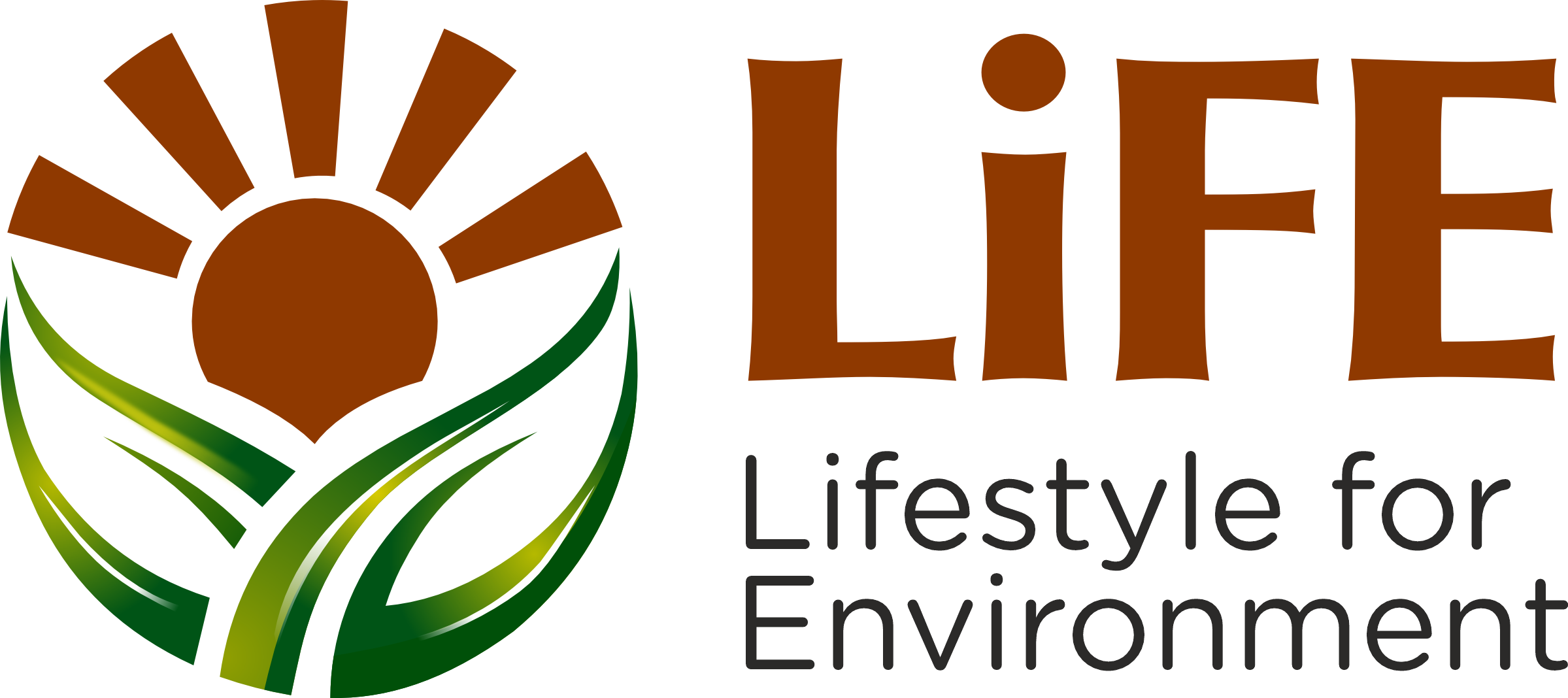
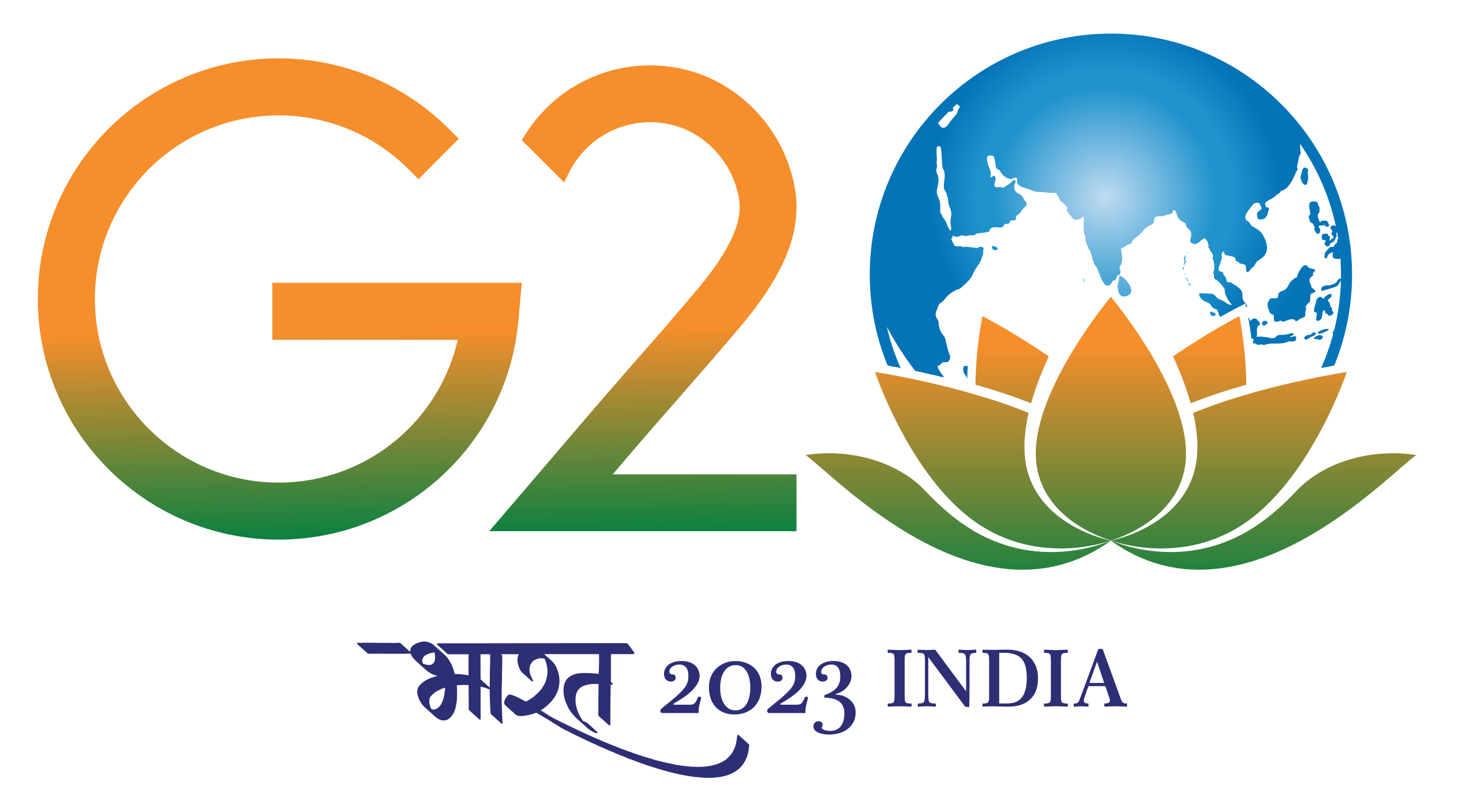
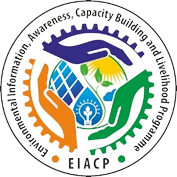
.png)
